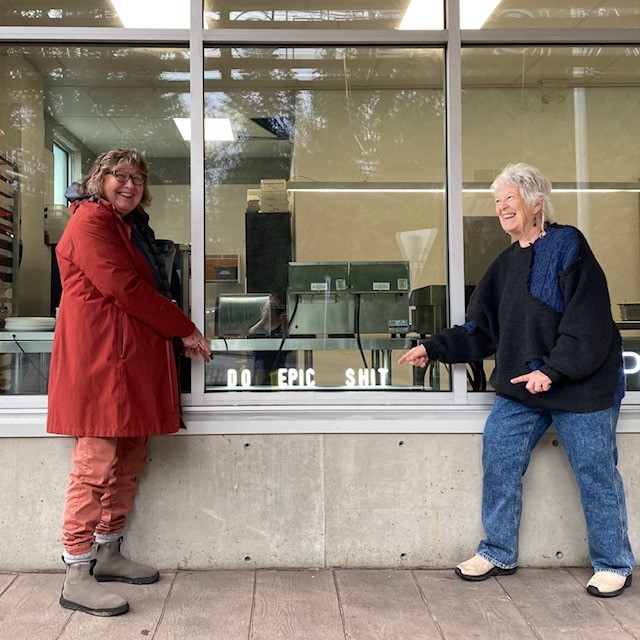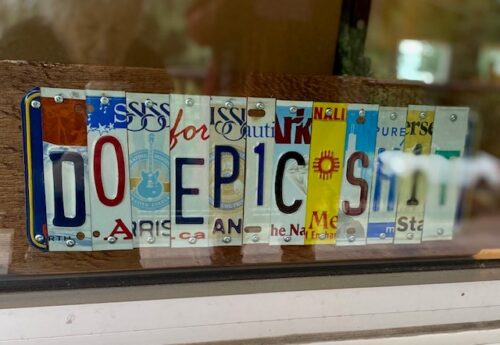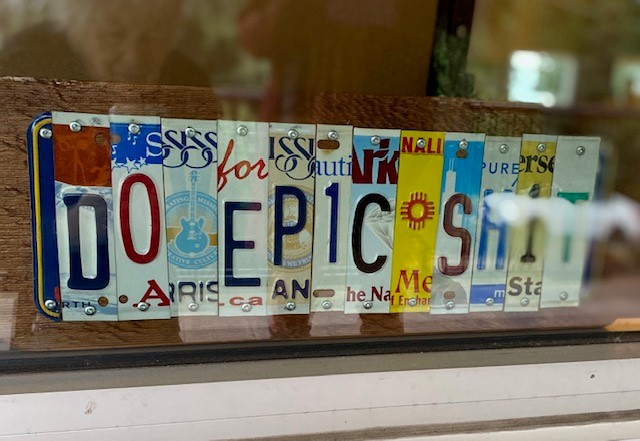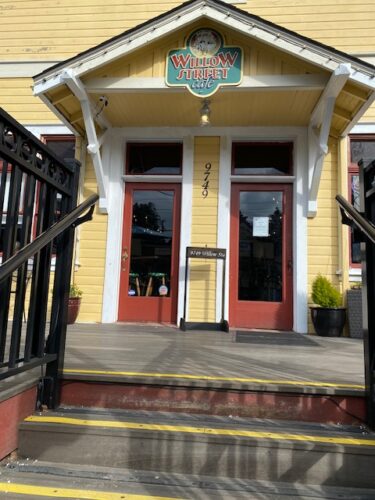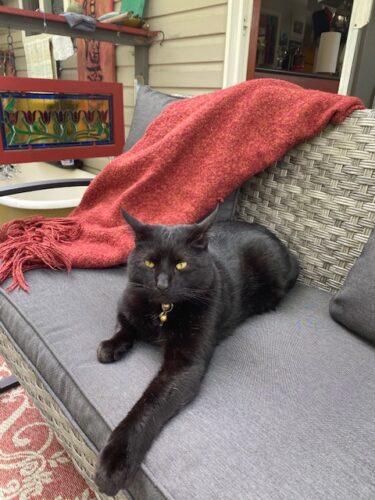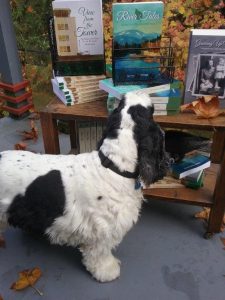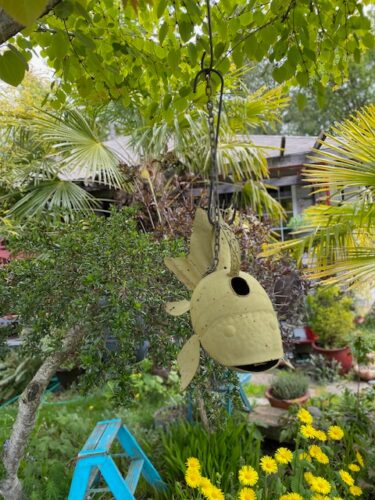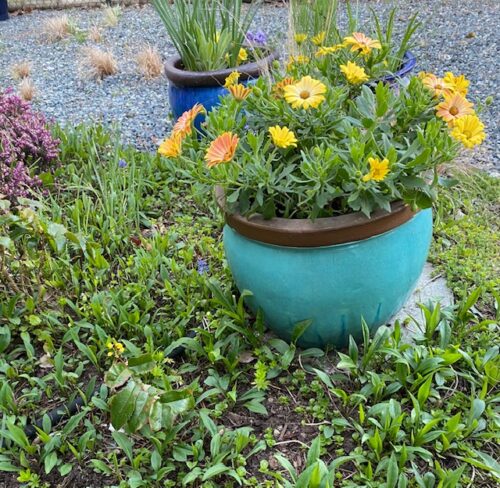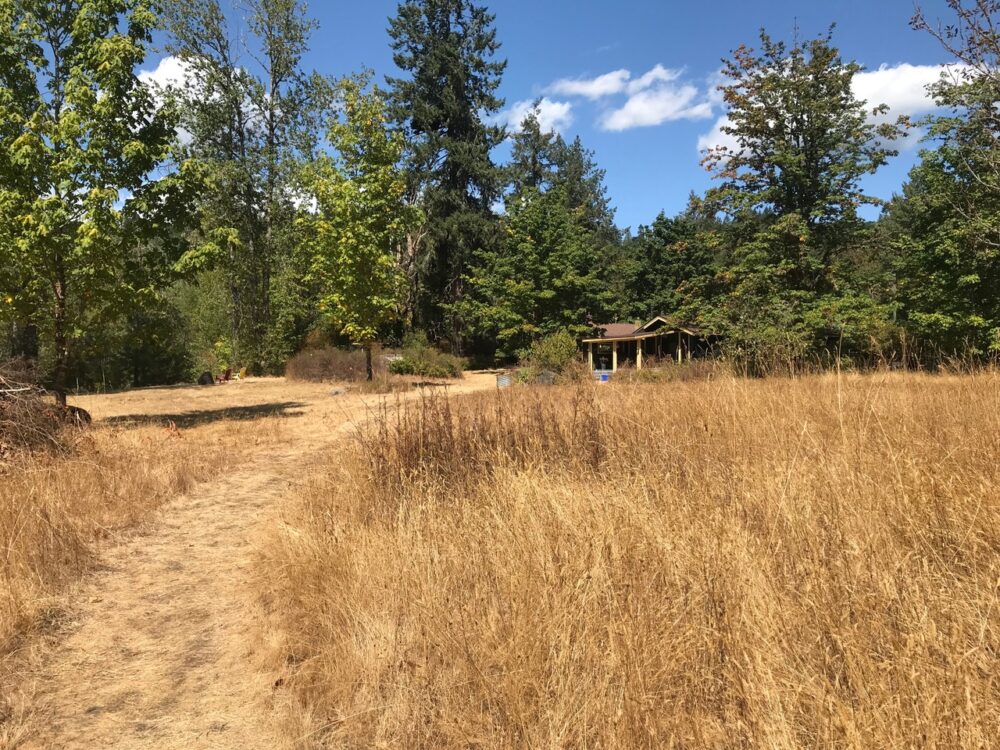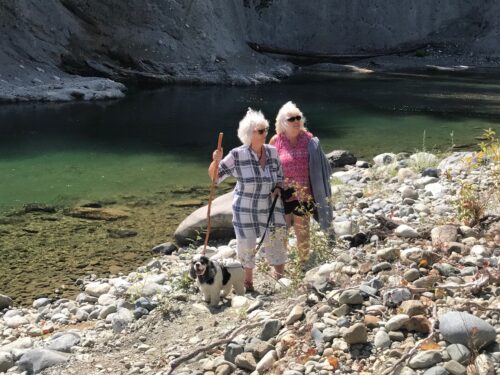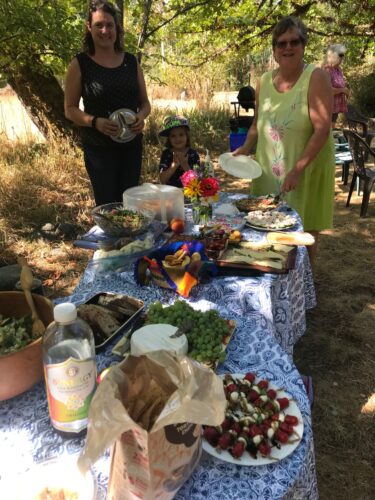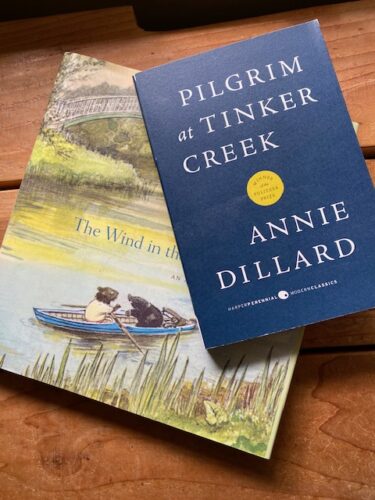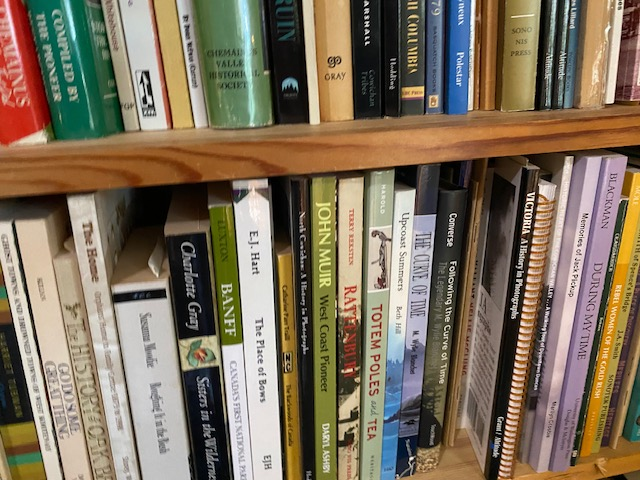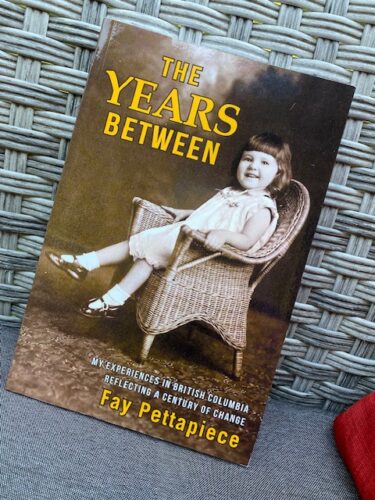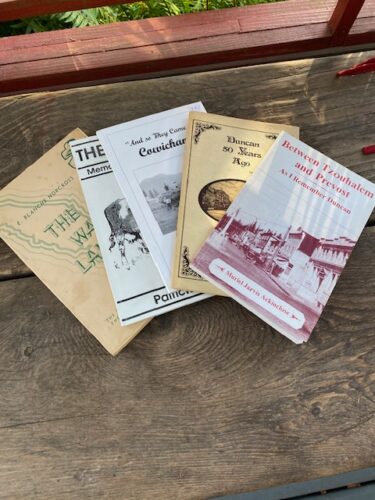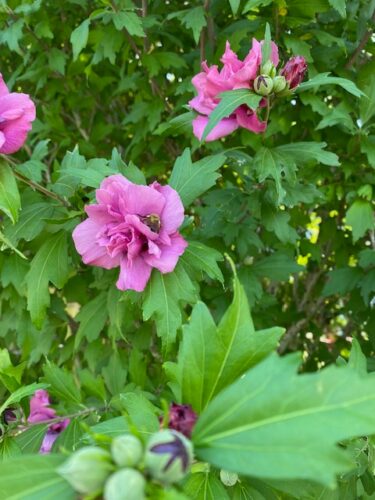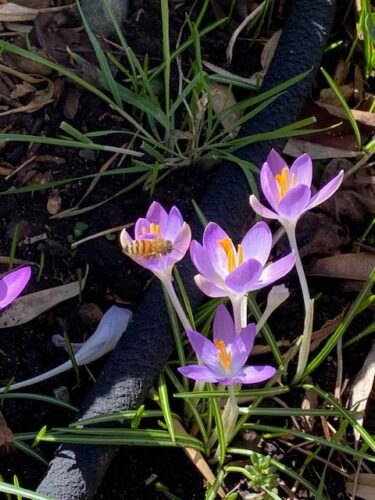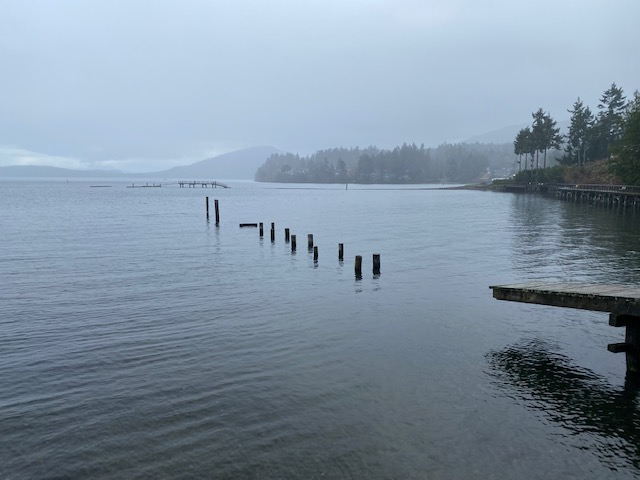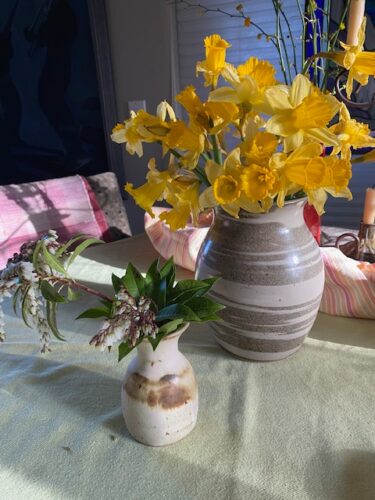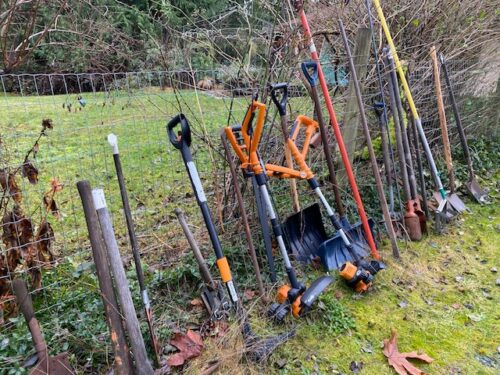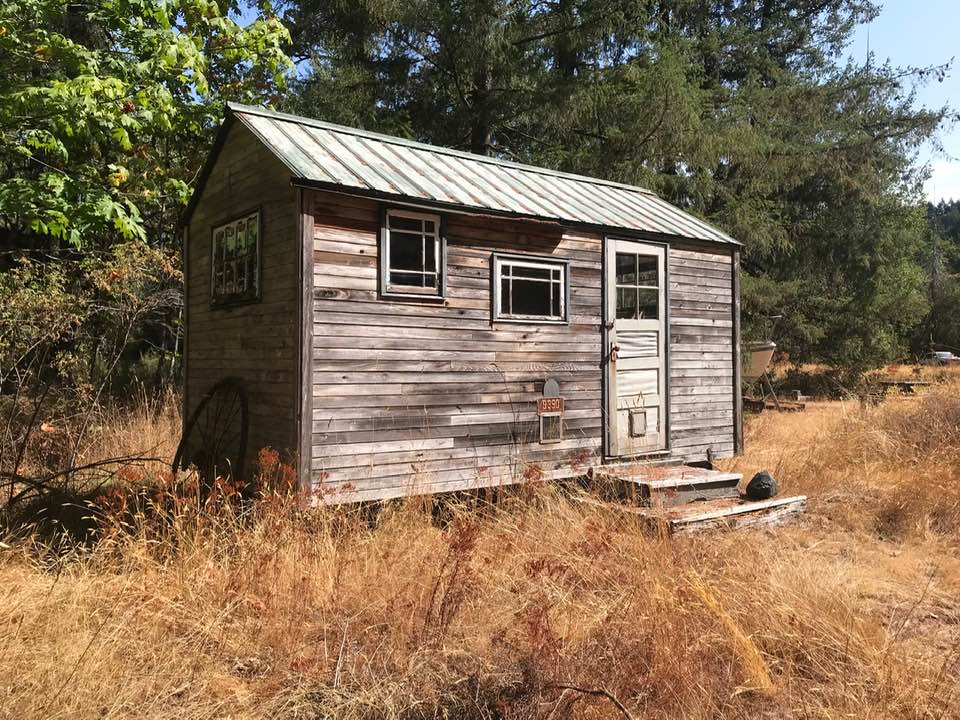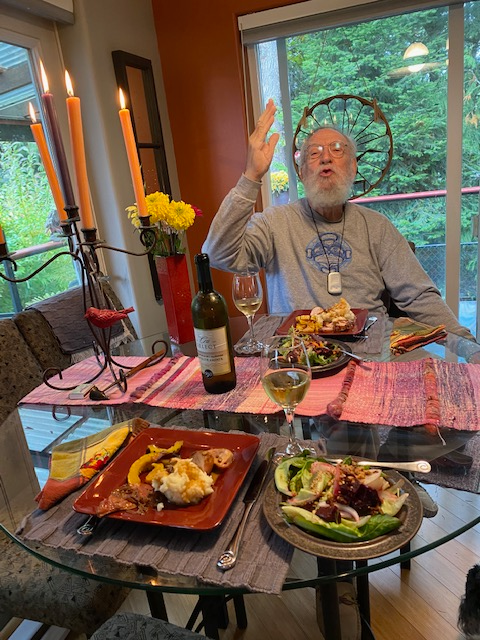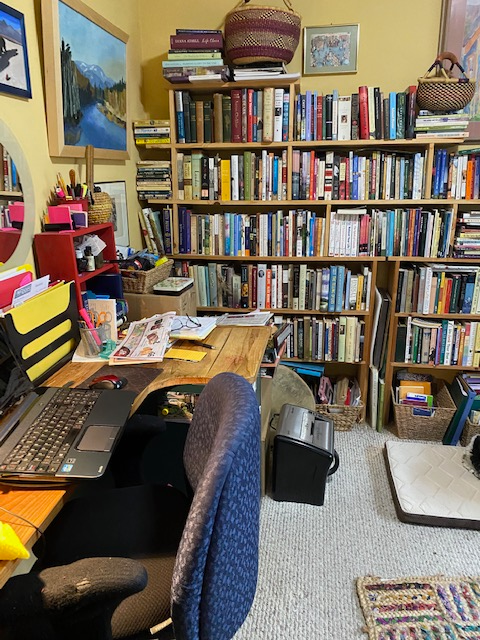WHAT ARE YOUR NEW YEARS RESOLUTIONS?
What? You don’t believe in New Years Resolutions?
I do.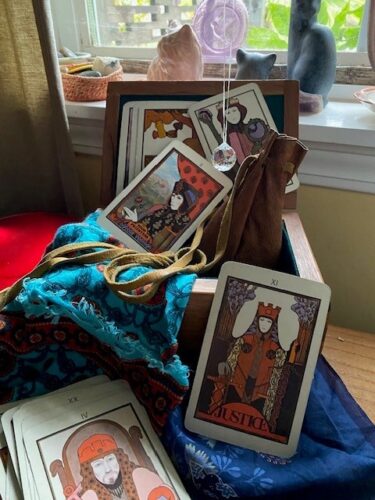
I believe in them in the way I believe in Tarot card readings or consulting my crystal pendulum. It doesn’t matter that year after year I write: Lose ten pounds, or twenty depending on the year; walk every day and do yoga; be a better person.
In case you wondered, I do not believe in the tooth fairy or in Santa Claus, however I believe in the concept of both and in the joy they bring. However, this year, I have added another resolution.
*Look up old friends! Connect with someone from my past!
It could be a phone call, or a letter written in black ink and tucked into the best velum envelope, the kind the aunts would give for gifts on Christmas, a subtle hint to write a thank you note back. Just connect, however it works.
These days my social media is full of prompts to downsize; the underlying message is that we are closer to death than birth at my age and we shouldn’t leave a mess of loose ends for our children to inherit. A mess like twenty years of Harrowsmith magazines (truly, I think they are at my daughter’s house), or old silver ware that needs polishing and obscure notes on backs of photos written in my illegible handwriting.
It was one such barely legible note on a piece of carbon copied paper, that I came across recently, written in my mother’s handwriting, that prompted this new resolution. It was part of a rambling list of instructions that we found following our mother’s death that read, “Lizzie, Leyda L’s antique gold earrings to go to Leyda Campbell.”
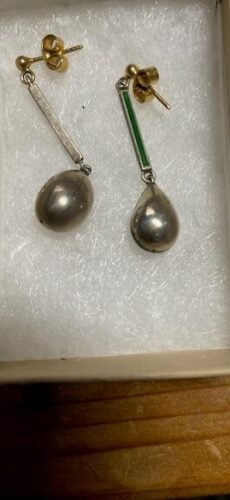
At the time I had tucked the note away and mostly forgot about it. I knew the late Leyda L. but who was this Leyda Campbell? I had never met her; she was one of a small group of friends Mum had made after my siblings Kate and John and I had left home. Mum died thirty-eight years ago and from time to time I thought about the earrings, knowing that I should do something but there was no internet back then and honestly looking for a Leyda Campbell was not on the top of my list of things to do.
However, Mum also left me a small oil painting by Leyda Campbell which I loved, and it hung prominently in my home. One day an acquaintance dropped by and on seeing it exclaimed. “You have a Leyda Campbell!”
“Do you know her?” I asked, thinking maybe I could finally give her the earrings.
“I’ve lost track of her” he said. “But she’s well known.”
That was more than thirty years ago. Still no internet in my life. I wore the earrings occasionally, feeling guilty that I hadn’t followed my mother’s almost death bed instructions, fretting about being a selfish daughter.
Still, I did nothing.
Until one week ago when I came across Mum’s note in a pile of old letters.
I googled www.leydacampbell.com
Originals » Leyda Campbell – The Wilderness Artist
I had found Mum’s Leyda, and she was a spectacular artist and a strong independent woman who had lived and worked up north and loved the wilderness. I phoned her.
Leyda spoke glowingly about our mother, said how much she had loved her.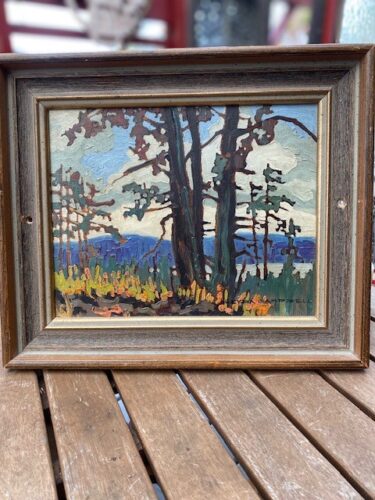
Leyda was an emerging artist in her twenties when she painted her nine by eleven oils on site around Salt Spring Island and Mum had of course supported her by buying a painting from the Backroom Gallery on Oak Bay Avenue. I think Mum was a bit of a mother figure for Leyda, it was clear that Mum thought highly of her as she was mentioned in her last wishes, even if it was a carbon copy note. Leyda had known nothing about Mum’s bequest and went on to say how kind Mum was to her and how welcomed she felt at her home. And I am happy that the earrings have found their home at last.
Leyda and I have promised to stay in touch. We have both written memoirs, and we are mailing each other a copy. I will include the antique gold earrings with my copy of Growing Up Weird A memoir of an Oak Bay childhood, that includes family photos. Leyda is mailing me her memoir called Leyda, Friends, Adventures and Campfire Stories, as well as a certificate of authentication for my oil painting called On Top of the Moat.
I can’t think of a better way to be starting the New Year. I believe in New Years resolutions. If only they could always be as magical as this one. Finally contacting Leyda Campbell. Thirty-eight years later.
Mum would be proud of me.
If you enjoyed this and are curious about more content from an Island Crone, please subscribe from my web page/blog sidebar. I promise to post at least once a month and sometimes more. But not often enough to bore.
~ Island Crone by Liz Maxwell Forbes
www.osbornebaybooks.com

